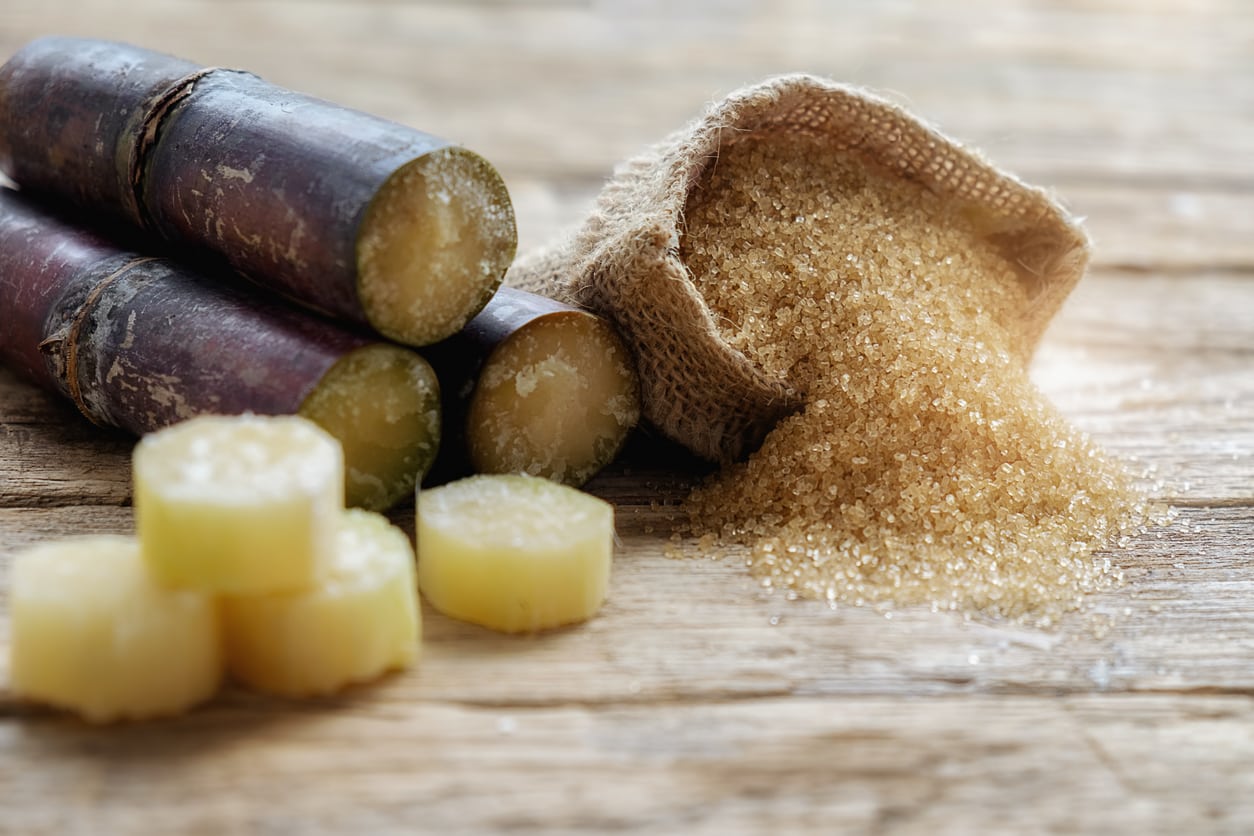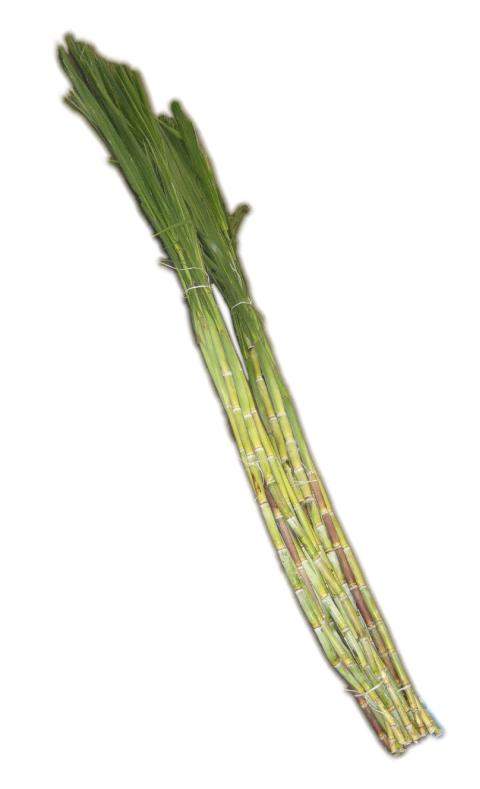How Sugar and Cane Are Processed for Use in Everyday Products
How Sugar and Cane Are Processed for Use in Everyday Products
Blog Article
How Cane Sugar Handling Chemicals Improve Sugar Top Quality and Yield
The function of processing chemicals in cane sugar manufacturing is crucial, as they straight affect both the high quality and return of the last item. The consolidation of activated carbon and enzymes serves to maximize the malfunction of intricate sugars, eventually leading to a purer and higher-quality sugar.
Summary of Cane Sugar Processing
Walking cane sugar handling involves a series of important steps that transform raw sugarcane right into polished sugar products. The procedure starts with harvesting, where mature sugarcane stalks are reduced and delivered to processing facilities. Upon arrival, the walking cane goes through cleaning to eliminate pollutants such as soil and plant products.
Adhering to cleaning, the walking cane is squashed to draw out the juice, which contains sucrose - sugar and cane. This juice undergoes explanation, where lime and warmth are made use of to eliminate staying contaminations and non-sugar components. The cleared up juice is then evaporated to focus the sugar material, leading to the development of thick syrup
Following, the syrup is taken shape through a regulated cooling process, causing sugar crystals. These crystals are separated from the continuing to be syrup in centrifuges. The raw sugar acquired is commonly brown due to recurring molasses material. To attain refined sugar, further filtration actions are used, consisting of cleaning, re-crystallization, and drying.
The final product is either packaged as raw sugar or better refined right into white sugar, accommodating numerous consumer and commercial demands. This detailed series of actions makes sure the production of premium sugar, vital for countless applications in food and beverage industries.
Trick Handling Chemicals Utilized
The production of polished walking stick sugar depends on different processing chemicals that play considerable functions at various phases. This step is necessary for improving the total high quality of the removed juice.
Phosphoric acid serves a twin objective; it enhances the explanation procedure and helps in the elimination of color-forming compounds, adding to a greater pureness of the end product. Furthermore, sulfur dioxide works as a bleaching representative, permitting the reliable removal of unwanted pigments and enhancing the color of the sugar.
Other significant chemicals include turned on carbon, which is utilized for further decolorization, and enzymes that facilitate the breakdown of complicated sugars into easier types, therefore enhancing return. The mindful selection and application of these processing chemicals are important for enhancing the effectiveness of sugar extraction and refining processes, ultimately leading to an extra constant and higher high quality sugar item.

Influence On Sugar Top Quality
Exactly how do handling chemicals affect the high quality of polished sugar? The introduction of different chemicals in the walking stick sugar handling phase significantly improves the pureness and total quality of the end product. Key agents, such as phosphoric acid and calcium hydroxide, facilitate the information procedure, properly eliminating contaminations and colorants that can negatively impact sugar's look and taste. By counteracting undesirable parts, these chemicals aid attain a higher level of decolorization, resulting in an extra visually attractive and valuable product.
Furthermore, using activated carbon and ion-exchange materials throughout the refining procedure plays a crucial duty in getting rid of off-flavors and unfavorable odors, view website adding to the sugar's sensory account. This refinement not only elevates the aesthetic and organoleptic qualities yet also enhances the service life by lessening microbial task related to contaminations.
On top of that, the specific application of these chemicals makes sure that the sugar displays a consistent grain dimension and flowability, which are essential attributes for both commercial applications and customer preferences. In general, the tactical use of processing chemicals is basic in accomplishing top quality polished sugar that meets industry criteria and consumer expectations.

Enhancing Yield Effectiveness
Enhancing yield efficiency in cane sugar processing entails maximizing different phases of manufacturing to make best use of the quantity of sugar drawn out from raw cane. One critical element is the choice and application of ideal processing chemicals, which can help with the break down of cell walls and boost sugar launch throughout extraction. Chemicals such as acids and enzymes play a vital function in this procedure by hydrolyzing polysaccharides and dissolving contaminations, consequently enhancing the total extraction efficiency.

Normal surveillance and modification of handling parameters are necessary to maintain performance throughout manufacturing (sugar and cane). By employing these strategies, sugar manufacturers more information can not only boost the amount of sugar acquired but additionally minimize waste and lower manufacturing prices, contributing to an extra sustainable and profitable sugar processing operation
Advantages for Customers and manufacturers
Walking stick sugar handling chemicals provide substantial benefits for both consumers and manufacturers, developing an extra effective and sustainable industry. For producers, these chemicals boost extraction processes, leading to higher returns and improved sugar quality.
For customers, the benefits are equally engaging. The better high quality of sugar translates to far better preference and uniformity in foodstuff. Furthermore, the usage of processing chemicals can lead to a more secure supply of sugar, alleviating shortages and cost spikes that can happen as a result of environmental factors or market fluctuations. In addition, the improvements in manufacturing techniques contribute to sustainability campaigns by minimizing source use and waste generation, interesting environmentally aware consumers.
Conclusion

The duty of processing chemicals in walking stick sugar production is critical, as they straight affect both the quality and yield of the last item (sugar and cane). The incorporation of turned on carbon and enzymes offers to maximize the breakdown of complex sugars, ultimately leading to a purer and higher-quality sugar.Walking cane sugar processing involves a series of critical actions that transform raw sugarcane right into refined sugar items.Enhancing return efficiency in walking cane sugar handling involves enhancing different phases of manufacturing to optimize the quantity of sugar drawn out from raw walking cane.Cane sugar processing chemicals play a crucial function in enhancing both sugar quality and yield
Report this page